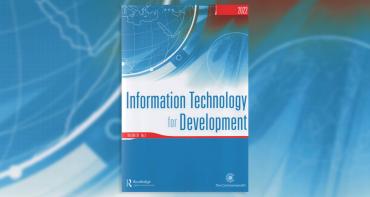As a result, most LDCs continue to be marginalised in the global economy and in international trade, with the latter reflected in very low shares of global trade in goods and services. They also face daunting socio-economic challenges, particularly in relation to education and health. Poverty levels have been slow to decline and remain alarmingly high in many LDCs.

Innovative activity in Least Developed Countries (LDCs), as proxied by data on the protection of various forms of intellectual property rights (IPRs), is limited. While applications for intellectual property (IP) protection have generally increased in LDCs in recent years, they remain very low compared with in developed countries and the global average. Even applications for trademarks, the single most widely used form of IP protection in LDCs fall far below the annual averages globally.
To address these difficulties and deploy IPRs more effectively to stimulate innovation and economic transformation, LDCs need to strengthen their domestic IP strategies, frameworks and institutional structures in ways that align with their local needs and conditions, levels of development and economic structures, as well as their current skills bases and educational capabilities. In addition, LDCs need to build critical minimum levels of productive capacity and technological capabilities to complement these efforts and make full use of formal and informal IPRs, as well as existing flexibilities available to them through the World Trade Organization (WTO) Agreement on Trade- Related Aspects of Intellectual Property Rights (TRIPS) and other global IP rules and systems.



